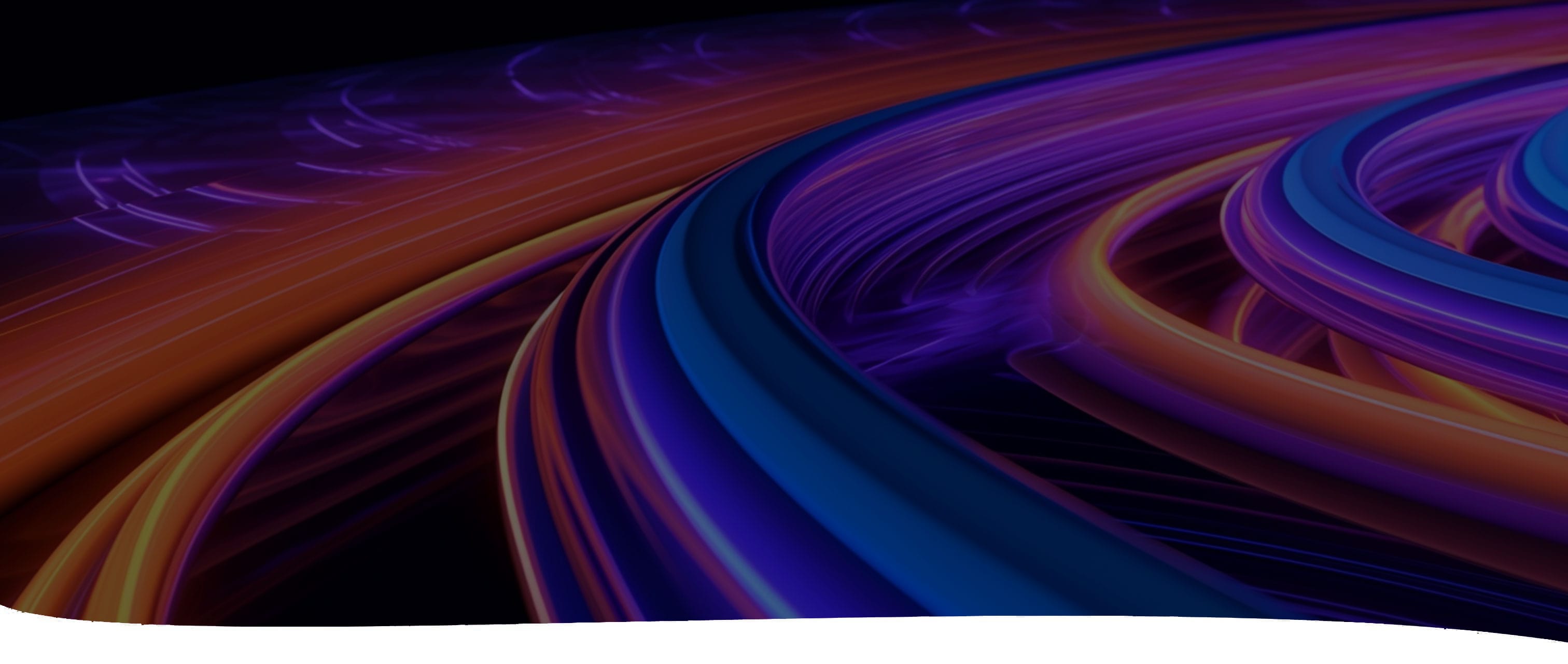In a study conducted several years ago, while counting the number of times several jugglers passed a ball back and forth, test subjects failed to notice a person in a gorilla suit walking by – even when the person stopped to wave at them.
Christopher Chabris, an American research psychologist who conducted the study, found that the world we humans think we see is largely a figment of our imaginations – scenes invented by our brains, based on expectations. Our subconscious attention directs our eyes to focus on parts of a scene deemed important, while our brains fill in the rest. It’s a phenomenon known as “change blindness.”
When a person is paying focused attention to one thing, they will often completely fail to notice something else in the background or periphery. This explains how test subjects failed to notice a person in a gorilla suit passing by, even in the same room. A surprisingly large proportion didn’t notice because they were focused on the jugglers.
So, what’s this got to do with advertising? Everything.
Imagine you’re a marketer at a Fortune 500 retailer running high-performance remarketing campaigns to promote previously viewed products alongside AI-powered product recommendations. And what if, during the back-to-school season, the corporate marketing team requests adding a five-second back-to-school-themed animation to the beginning of every creative. Seems like an OK idea, right? Not so fast.
In real-world experiments, I’ve seen creative with a generic corporate animation tacked onto the beginning perform 25-35% worse than creative that presented products right away. Due to change blindness, a remarketing creative that presents interesting products catches the eye of the consumer much better than the generic holiday animation. Introducing non-product animation as the first “scene” of an animated retargeting creative can delay the average interaction by as much as 10 seconds.
Change blindness profoundly affects how people perceive ads, and by understanding this phenomenon, marketers can make their work more effective. One relating factor includes how truly original an advertisement might be, based on what consumers have already seen. If it looks even roughly familiar to other ads, the odds of their brains paying close attention shrink.
Highly differentiated concepts offer significantly better opportunities to drive big performance improvements. To wit, small “tweaks” to a creative in the form of a slightly modified headline or lightly adjusted animation timing may give performance a bump, but highly differentiated creative can yield performance improvements greater than 50%, in my experience.
What does all of this mean? With an understanding of Chabris’ research, marketers can devise systematic methods to overcome change blindness, such as adopting a scientific approach to hypothesizing, deploying, measuring and acting upon creative treatments that grab a person's attention. With this knowledge in hand, visual creativity becomes the marketer’s secret weapon in crafting highly effective marketing creatives that truly resonate with customers and drive business objectives.
Read the original article on AdExchanger.




